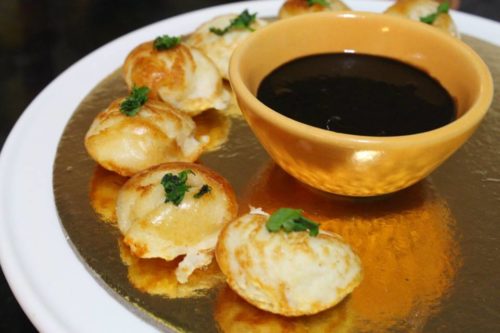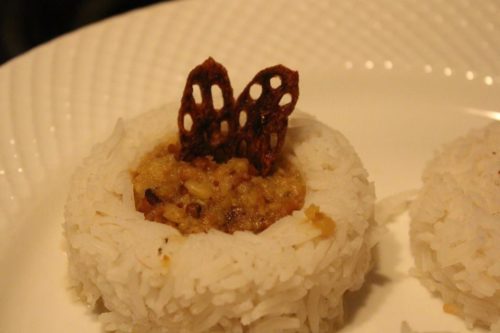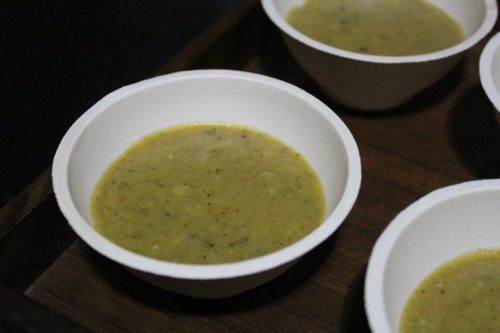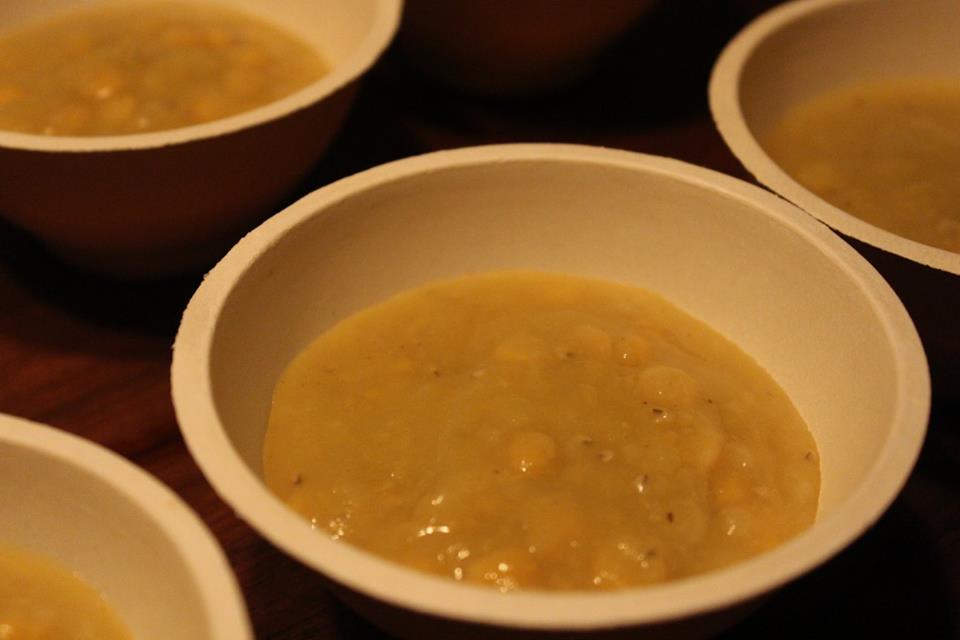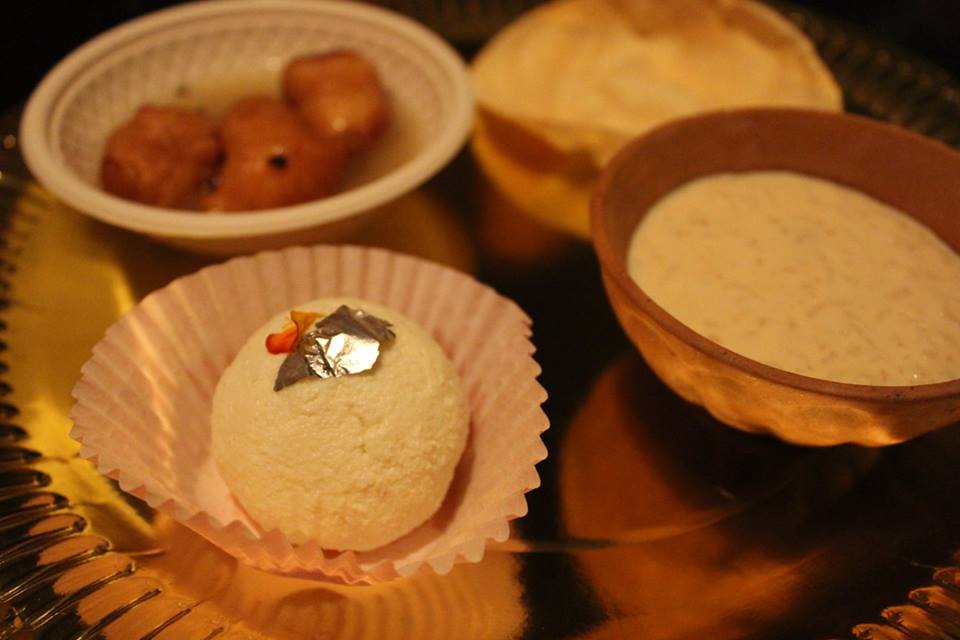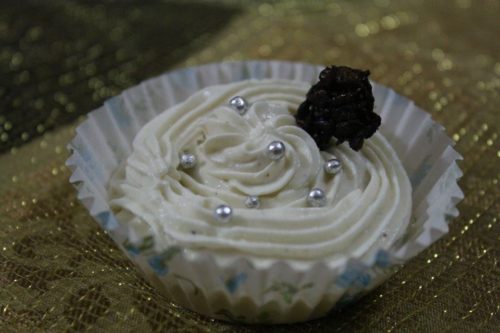ForkTales Social Tables – A Royal Feast in Medieval India
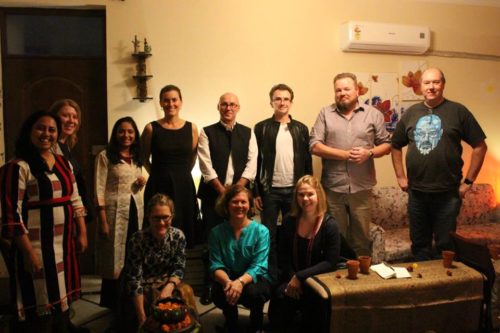
Medieval India was an exciting place for food lovers. It was during this period that texts in regional languages and Sanskrit first started including ‘Supashastra’ or cooking sciences as a stand-alone chapter. One of the most extensive and only the second instance of it is the encyclopedic treatise – Manasollasa – by King Somesvara III of the Kalyani Chalukya dynasty, who reigned from 1126 to 1138 AD.
Manasollasa (the delight of the mind) is also also called Abhilaṣitartha Cintamaṇi (the magical stone that fulfills all desires), is a voluminous work which records many subjects relevant at that time, and draws from many older treatises on medicine, magic, veterinary science, valuation of gemstones, painting, music, games and amusements and the many other subjects.
The third section of Manasollasa is the Upabgogasya Vimsathi, which elaborates upon twenty ‘upabhoga’ or enjoyments. The chapter on ‘annabhoga’ or ‘culinary joys’ is a part of this section. When I first laid my hands on the text, what could have been a painful reading of my weak grasp on Sanskrit became a joy due to the lucid, poetic rendition of Somesvara III, who puts forward a treasure trove of recipes with detailed procedures (without measurements). It is evident from his writing that Somesvara III was a liberal monarch, who patronized both Hinduism and Jainism.
Interestingly, a century before cookbook writing began in medieval Europe, Manosollasa has a sub-chapter dedicated to the nuances of a Royal 7-course meal that should be served to a king. He describes the way a kind should eat, the company in which he should eat, the vessels in which he should be served food, the procedure for laying a white serviette on a king’s lap before he starts eating and the sequence of the meal!
We recreated the Royal meal, described with such vivid beauty in Manosollasa for our guests. The recipes were from the original text, as well as cross-referenced from about ten research papers based on the subject. The standardization of the recipes were done by ForkTales.
The highlights were the delicate iddarikas, poached in butter which scholars agree is among the earliest versions on the idli. Interestingly, I also found what was probably the first versions of a garam masala and the earlier avtaar of shrikhand – the shikarini, which uses about 10 spices and ayurvedic herbs.
It was indeed a meal that proved to be Manosollasa – a delight for the mind; and all other senses.
